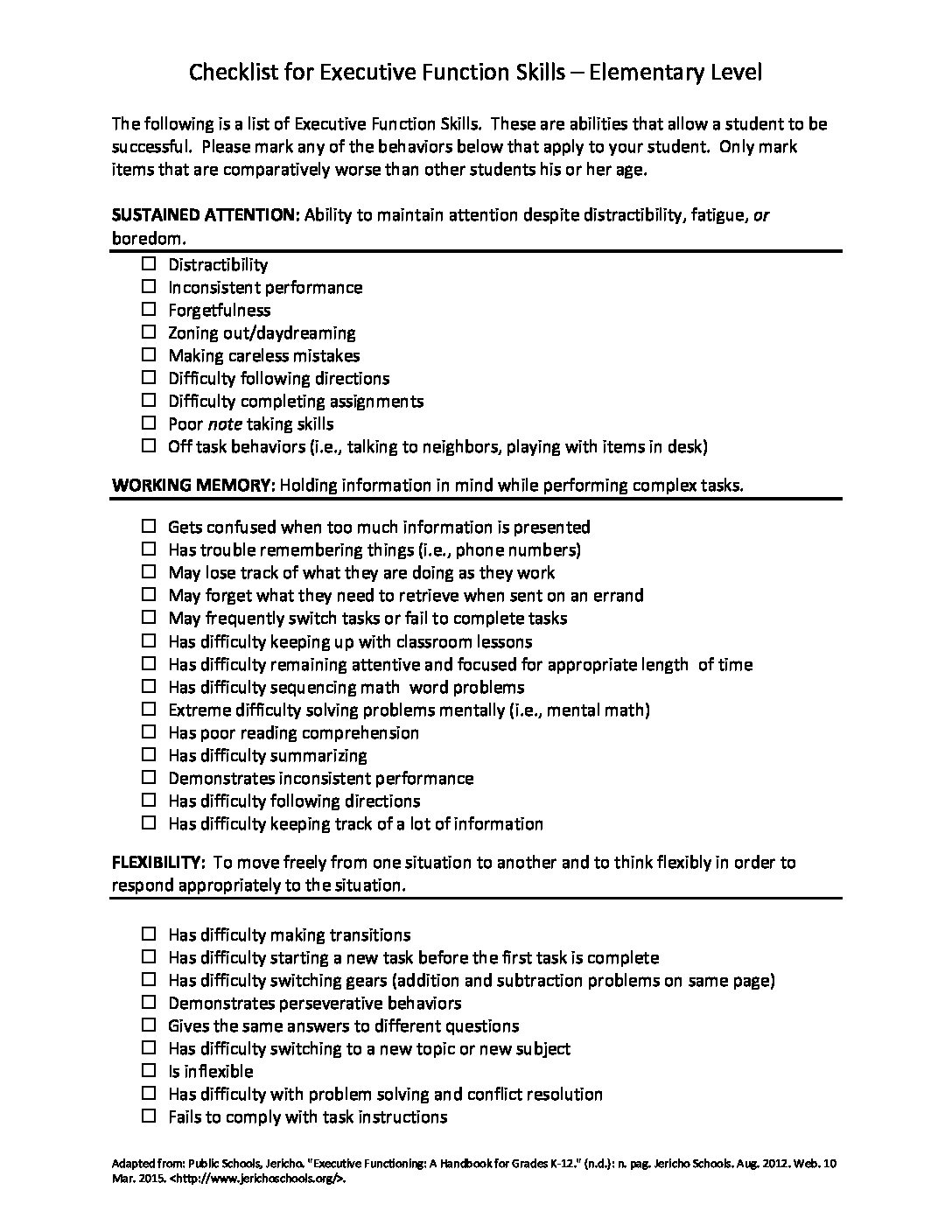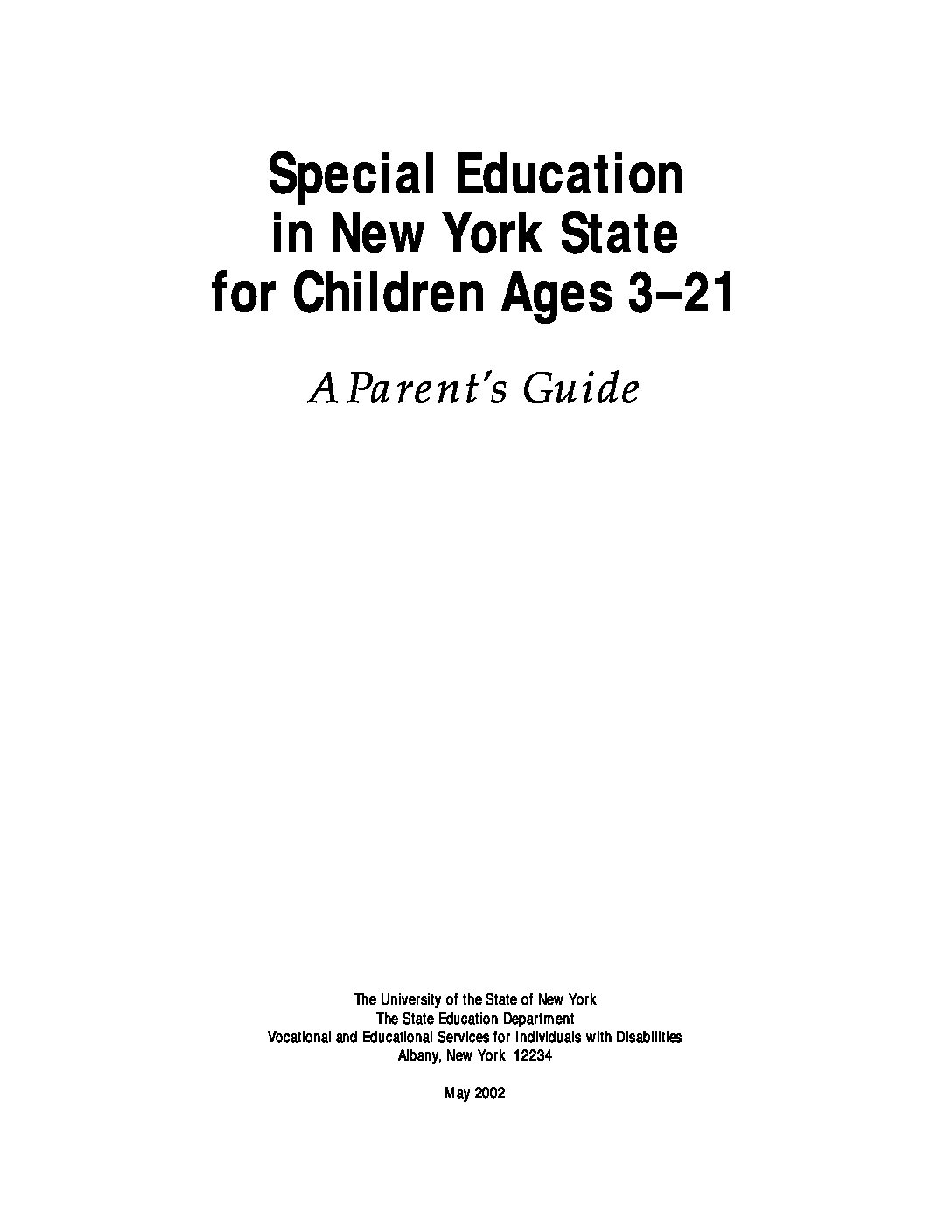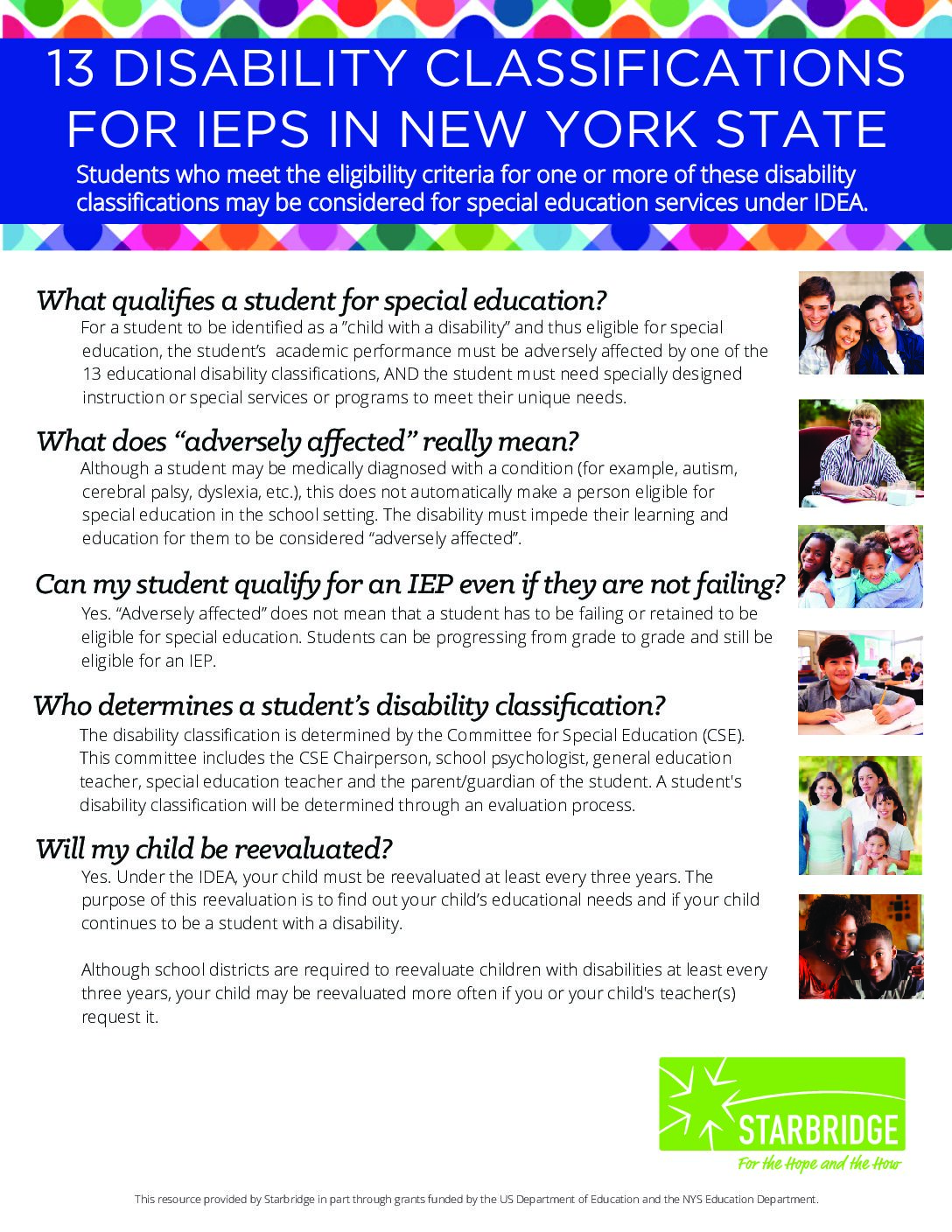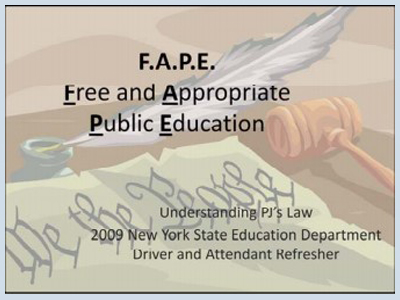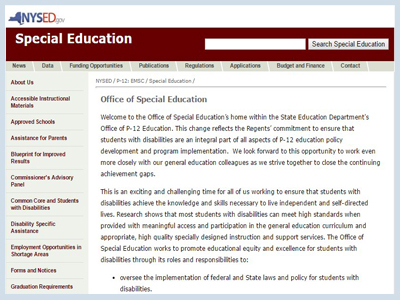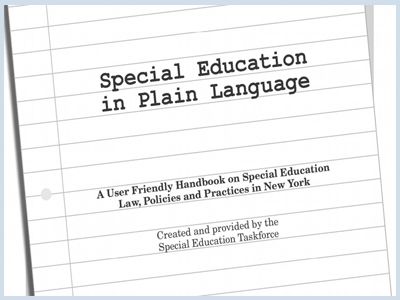Special Education
Special education is tailored to meet the needs of students with disabilities. The services and supports one child receives may be very different from what another child receives. It’s all about individualization. What’s important is giving kids the resources they need to make progress in school.
Special education today is still focused on helping children with disabilities learn. But this no longer has to mean placing kids in a special classroom all day long. In fact, federal law requires that students who receive special education services be taught alongside their non-disabled peers as much as possible.
How Does a Child Qualify for Special Ed?
The Individuals with Disabilities Education Act (IDEA) is the federal law that defines and regulates special education. The law requires public schools to provide special education services to children ages 3 to 21 who meet certain criteria. (Children younger than 3 can get help through IDEA’s early intervention services.)
To qualify for special education services, a student must:
- Have a documented disability that is covered by IDEA, and
- Need special education in order to access the general education curriculum
“Access” is an important term in education. Making the curriculum accessible to students with disabilities is a lot like making buildings accessible to people in wheelchairs. If there’s a barrier to your child’s learning, such as difficulty reading, the school needs to come up with the equivalent of a wheelchair ramp to help your child access the reading material.
School districts have a process in place to determine which students are eligible for special education. This process involves a comprehensive evaluation that looks at the way your child thinks. It also looks at other aspects of his development. You or your child’s school can request an evaluation. If the district agrees to evaluate your child, the testing will be conducted at no cost to you.
More Information and Resources:
Checklist for Executive Function Skills – Elementary Level
This document contains a list of Executive Function Skills. These are abilities that allow a student to be successful.
Sample Letter Requesting CSE Evaluation
This document provides a Sample Letter Requesting CSE Evaluation...
Special Education in New York State for Children Ages 3–21 A Parent’s Guide
This document provides information for parents, guardians and other family members about laws, regulations and policies affecting special education programs and services.
13 DISABILITY CLASSIFICATIONS FOR IEPS IN NEW YORK STATE
Students who meet the eligibility criteria for one or more of these disability classifications may be considered for special education services under IDEA.
Section 504 of the Rehabilitation Act of 1973
Section 504 protects qualified individuals with disabilities. Under this law, individuals with disabilities are defined as persons with a physical or mental impairment which substantially limits one or more major life activities.
PJ's Law: Providing Students with Disabilities with an Appropriate Transportation Experience
The intent of New York's PJ’s Law is to provide students with disabilities with an appropriate transportation experience.
New York State Office of Special Education
The Office of Special Education provides assistance to parents, advocacy groups, and schools related to services and programs for students with disabilities.
A Family Guide to Special Education Services for School Aged Children
The guide describes the continuum of services and supports available to school-age students with IEPs. It also contains other information that will help you collaborate with your child’s teachers and school.
Special Education in Plain Language
"Special Education in Plain Language" provides information for parents and families about laws, regulations, and policies affecting special education programs and services.

